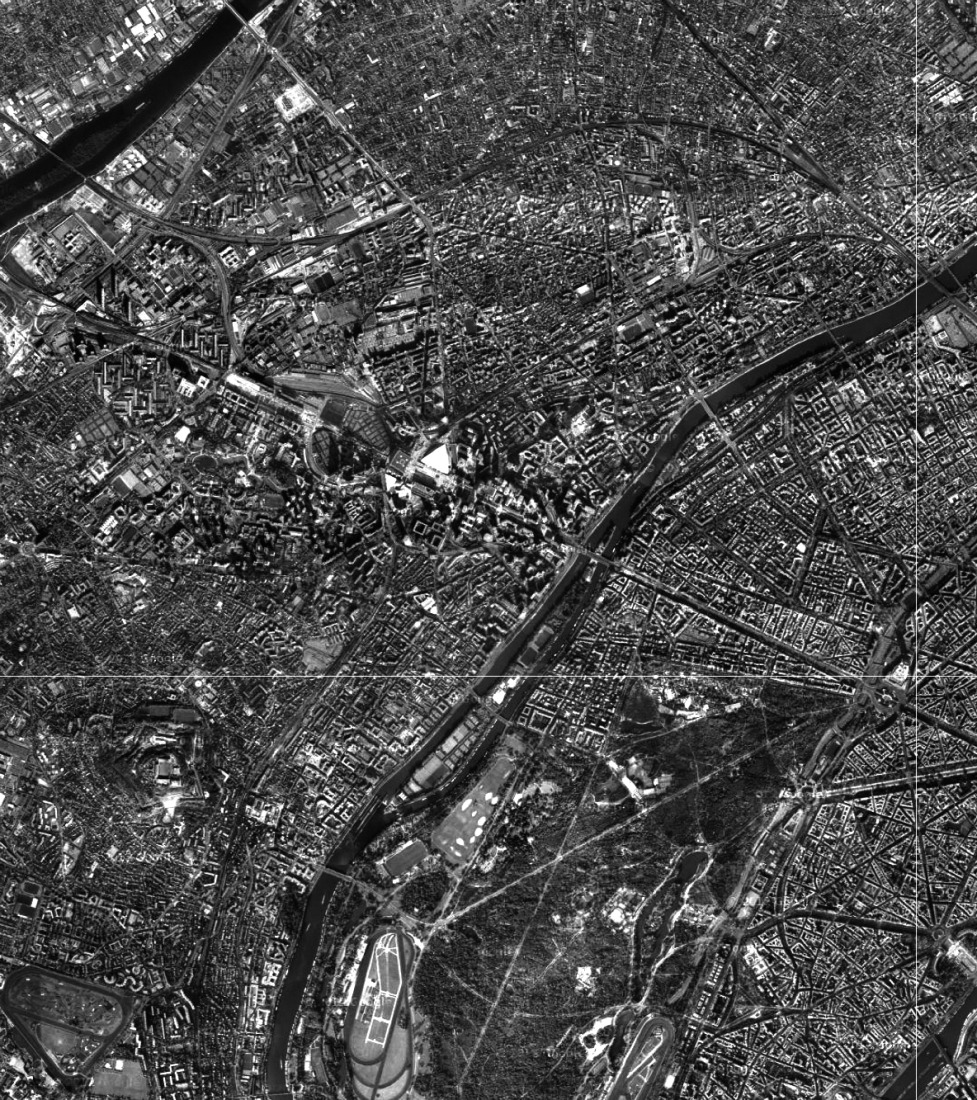Since 2005, the “plan de renouveau", or regeneration strategy, has been one of achievement and modernization, established to improve La Defense’s contribution to the economy. By renovating some of the key high rise buildings and improving the central area in and around the plaza, it is hoped that La Défense will reinforce its position as the premier European business district and continue to attract international corporates. The emphasis of the consultation around Grand Paris reinforces La Défense’s strategy, while interrogating its urban model, based on new metropolitan values that were explored following a series of competitions and studies, which revealed the following major challenges to the neighborhood’s evolution:
- Sustainable development, the transformation of towers and improvement of circulation.
- Social diversity, inside the perimeter but also in relation to wider metropolitan populations.
- Territorial identity and position in the metropolitan area, relationship to Paris and peripheral cities.
- Increased density of the site, caused by the dramatic height of the towers, readdress the rationale of the towers and their programming.
- The notion of “haut lieu” and the relationship to the landscape, the Seine, culture and night.
These challenges are embodied in a series of major projects that emphasize —despite the financial crisis— the attractive nature of La Défense and its ability to be reddened in a contemporary and visionary manner: new towers, remodeling of commercial properties, development of spaces for exercise and cultural events and evolution of planning and management structures. After this first phase, which focuses on infrastructure, there will be profound changes to the character of the neighborhood, driven by a stronger engagement with public space. Way finding will be improved, so that one can take pleasure in walking and driving around La Défense, as one would in the centre of Paris. The ring road will mutate into an urban boulevard; pavements and walkways will be renovated and connections to nearby Puteaux, Courbevoie and Nanterre will be improved.
Defacto has already begun important work to simplify and improve access for road users and pedestrians, upgrade car parking, install a new signaling system on the plaza, a new lighting plan and unify way finding, street fittings and advertising textures. We can distinguish 3 key points in the momentum to improve public space at La Défense:
- Creation of a coherent vision, an infrastructure that will improve access to and navigation around the site.
- Appreciation of the current site offering, the impressive public art collection and numerous high quality public buildings.
- The potential to evolve short, middle and long term strategies on the site, for example, use of the plaza, for a “super train station” and extension of the perimeter towards the neighborhood of Des Groues, Seine-Arche, Nanterre’s campus and southwest Nanterre.
CREDITS.-
Architects.- AWP Marc Armengaud, Matthias Armengaud, Alessandra Cianchetta (Partners), Laureline Guilpain, Noel Manzano, Joseph Jabbour, Clara Lamerre, Charles Bouscasse, Denis Brochard, Bérénice Gentil, Maya Nemeta (Project team).
Technical team.- Lea (Lighting), Ginger (Engineering, Quantity Surveyor), Jonction (Logistics engineering).
Location.- La Défense, Paris, France.
Client.- Defacto.
Surface.- 160 ha.
Competition delivery.- 2011 to 2012/2014.




































